The dragon tree is a popular houseplant with a variety of different dragon tree species. We present the most popular and beautiful types.

the dragon tree (dracaena) shows up in over fifty different ways. The genus belongs to the asparagus family (Asparagaceae) and is widespread. The appearance of the dragon tree varies in size, leaf shape and color. We list the most popular and most beautiful types for you and name special features.
"Contents"
- Dracaena reflexa
- Dracaena deremensis
- Dracaena compacta
- Dracaena fragans
- Dracaena draco
- Dracaena surculosa
- Dragon tree as bonsai?
Dracaena reflexa
It is probably the most popular species among the dragon trees. The appearance of Dracaena reflexa is synonymous with the dragon tree genus with its long, pointed, mostly two-colored leaves. Until recently, the species was still known as Dracaena marginata designated. meanwhile Dracaena marginata only a subspecies of Dracaena reflexa whose subspecies differ in leaf color.
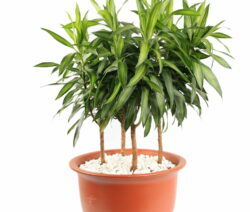

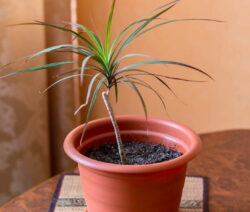
Dracaena deremensis
This species is striking because of its relatively wide leaves, which are usually lined with a light-colored edge. The slightly matt to shiny leaves tend to stand upright in the first section of the leaf, while they drop slightly towards the tip. The height of growth Dracaena deremensis is in the range of 80 to 100 cm.

Dracaena compacta
Dracaena compacta, even Pineapple Dracaena called, is in fact not a species in itself, but a cultivar of the species Dracaena deremensis comes from. It is characterized by its deep green and dense foliage, which is increasingly upright. The growth height of this breed varies in space from 80 to 90cm.
By the way: In the 1970s, NASA experimented with this species of dragon tree and proved that it sustainably cleans the air in the room. However, the other types and varieties also do this, which is not least why they have long been a favorite in our living rooms.
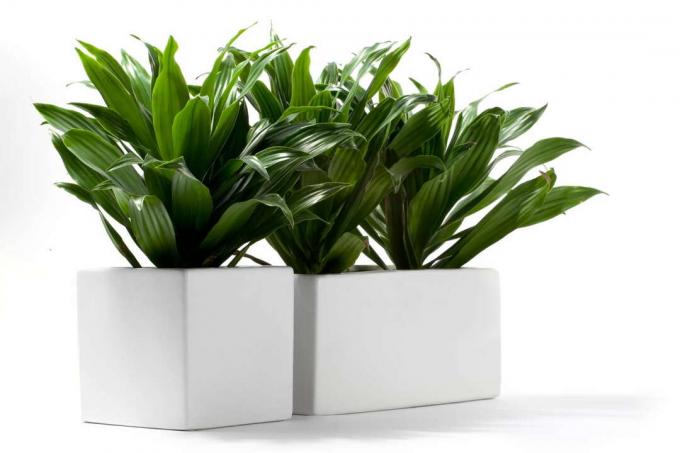
Dracaena fragans
the kind Dracaena fragans is also a very popular type of dragon tree and can be found in many living rooms. With the right care and the right temperatures, it even develops a strongly fragrant flower - but this rarely succeeds. The leaves are slightly bulbous, glossy and often variegated green.
Tip:Dracaena fragans can also be grown wonderfully in hydroponics. Not using soil as a plant substrate can offer many advantages, especially for allergy sufferers. In addition, the risk of waterlogging is reduced.

Dracaena draco
The subspecies Dracaena draco is also often referred to as the Canary Dragon Tree because it can also be found outdoors on the Canary Islands in the subtropical climate. Dracaena draco is rather exotic in German living rooms. This species is notable for its long, sword-shaped leaves fringed with reddish variegated edges. Dracaena draco reaches heights of up to 1.60 m.

Dracaena surculosa
This species is optically a little exotic among the dragon trees. Dracaena surculosa Due to its growth form, it looks more like a small bamboo. The origins of this species lie in the tropical regions of Africa, which is why it Dracaena surculosa still likes to be warm. The temperature should always be above 15 °C. The leaves are comparatively broad with a mottled mottled pattern.
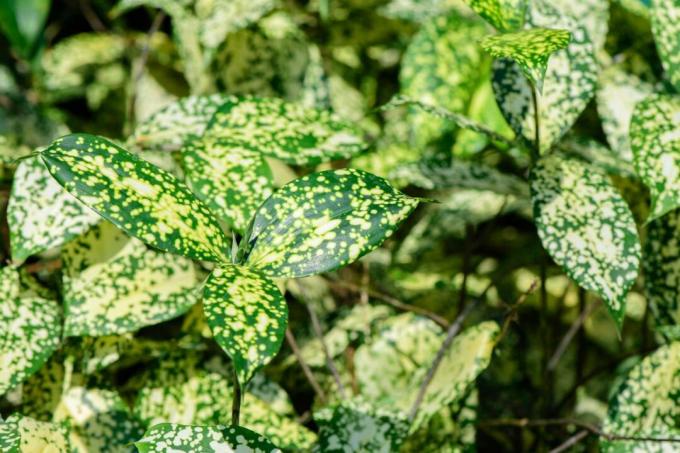
Dragon tree as bonsai?
At first glance, the dragon tree is not suitable as a bonsai material, as it develops relatively large leaves proportional to its growth height. It is therefore difficult to create the illusion of a miniature tree (or miniature palm) despite its short trunk. The advantage, however, is that you do not have to start with a very young specimen if you want to train a dragon tree bonsai. Even in an advanced stage of growth, the dragon tree can tolerate a radical shortening of the trunk, so that you can cut it back to the desired size.
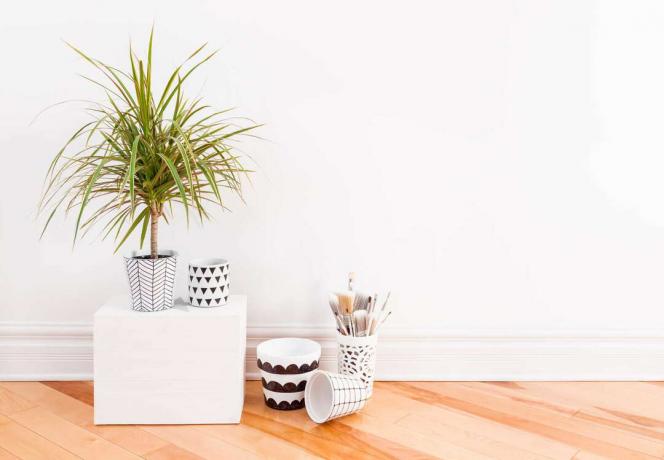
Dragon trees are very decorative and enhance every apartment. But what about the toxicity of the houseplant. In our article “Dragon tree: poisonous or not?” Learn more about this topic.


